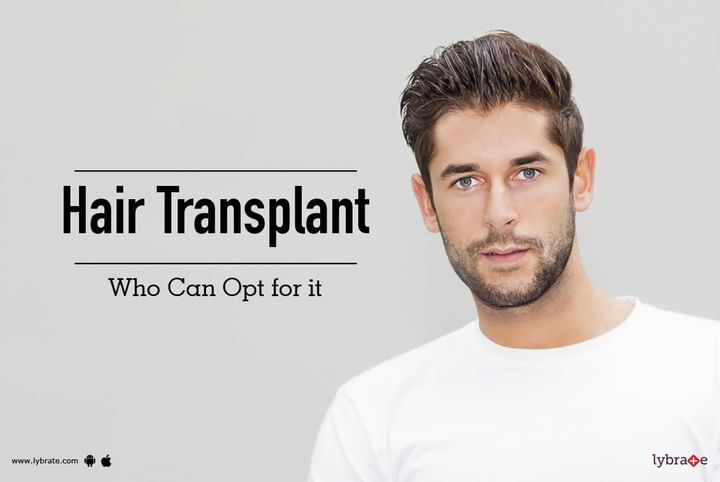Hair Transplant - Who Can Opt for it
Hair loss due to androgenetic alopecia or pattern baldness is a condition that affects both men and women equally. Surgical hair transplantation is the only solution for restoring the lost hair in pattern baldness when medical hair restoration does not offer you a good hair re-growth. If you have well-defined and clearly established areas or patterns of baldness on the crown with healthy dense coverage of hair at the sides and the back of the head, you are probably suitable for a hair transplant surgery. Hair that is transplanted in the frontal region of the skull generally offers the best results. However, a hair transplant procedure can also be carried out on any other area of your head if you have some bald patch there.
It is best to have detailed information about the hair transplant procedure before you make plans to undergo a surgery. It is only after you have read through all the information that you can understand and appreciate the significance of surgical hair restoration. The information will also help you decide whether you are the right candidate for the hair transplant surgery. Receiving a hair transplant can improve your appearance and self-confidence.
All those who can opt for a hair transplant:
-
Men with male-pattern baldness
-
Women suffering from hair thinning
-
Anyone who has lost some hair from a burn or scalp injury
Hair replacement isn’t a good option for:
-
Women with a wide-spread pattern of hair loss throughout the scalp
-
People who don’t have enough “donor” hair sites from which to remove hair for transplant
-
People who form keloid scars (thick, fibrous scars) after injury or surgery
-
People whose hair loss is due to medication like chemotherapy
Two types of procedures
It's worth noting that there are new surgical techniques involved in hair transplants:
- FUE - Follicular Unit Extraction: The hairs are individually extracted from the back of the head and re-planted across the area. This is a lengthy, pain-staking process but the result is minimal scarring and a very natural-looking hairline.
- FUT - Follicular Unit Transplantation: This technique involves taking a larger area or 'strip' of hair from the back of the head, dividing it into smaller units and then re-planting those units in the desired area of hair loss. Scarring can be slightly more conspicuous at the back of the head as a larger area has been removed but an expert surgeon will minimise incision marks to ensure rapid healing.
Hair transplant do, of course, utilise your own natural hair and re-growth can be expected within 4 weeks of surgery. Great care must be taken during your recovery period to protect the newly-transplanted hair. However, once it is deemed safe to resume normal activities, the results can be life-transforming. A successful hair transplant is permanent and can restore confidence and self-esteem.



+1.svg)
